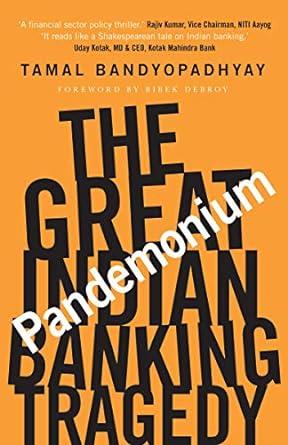Question
On November 15, 2019, the U.S. Supreme Court granted certiorari in the high-profile, long-running legal battle between Oracle and Google related to Googles use of
On November 15, 2019, the U.S. Supreme Court granted certiorari in the high-profile, long-running legal battle between Oracle and Google related to Googles use of a Java application programming interface (API) in Android smartphones. Google won two district court trials in the matter, both of which were overturned by the U.S. Court of Appeals for the Federal Circuit.
The outcome of the case, which has been dubbed the Lawsuit of the Decade, will have a significant impact, not only because Oracle seeks damages that could exceed $9 billion, but more importantly because it may affect how software is developed and used across the entire technology industry.
Case Background
In a copyright infringement lawsuit filed by Oracle against Google in 2010, Oracle accused Google of copying approximately 11,500 lines of code from Oracles Java programming language, and deploying such code in Android, the worlds most popular mobile operating system. In 2012, a jury found that Google infringed Oracles copyrights; however, the U.S. District Court for the Northern District of California ruled that Oracle's Java API packages were not subject to copyright protection as a matter of law. In 2014, the Federal Circuit reversed and remanded the case for a second jury trial to consider Googles fair use defense. Google filed a petition for a writ of certiorari in an attempt to overturn the Federal Circuit decision, but the Supreme Court declined to grant cert.
In 2016, the second jury found in favor of Google on its fair use defense, and the district court denied Oracles motion for judgment as a matter of law. In 2018, the Federal Circuit overturned the jurys verdict, ruling that Googles use of the Java API packages was not fair use as a matter of law.
On January 24, 2019, Google again petitioned the Supreme Court for a writ of certiorari. It identified the issues presented as:
(i) whether copyright protection extends to a software interface; and
(ii) whether Googles use of a software interface in the context of creating a new computer program constitutes fair use.
The United States, through an amicus brief filed by the solicitor general, urged the Supreme Court to deny cert, arguing that the Federal Circuit reached the correct result on the question of whether computer code is copyrightable. A number of legal scholars, industry groups, and software companies weighed in with briefs of their own in support of Googles argument, asserting that the Federal Circuits decisions posed a threat to innovation. Microsoft argued that the ruling "threatens the viability of the interconnected software ecosystem."
On November 15, 2019, the Supreme Court agreed to hear Googles appeal.
Googles Arguments on Appeal
Google has put forth two primary arguments as to why the Federal Circuit's decisions should be overturned.
First, Google argues that the Federal Circuit erroneously adopted a narrow reading of methods of operation under Section 102(b) of the Copyright Act of 1976 (the Act), which precludes copyright protection for a system or method of operation. Google argues that the API is an unprotectible method of operation because the underlying Java code is functional, and therefore the API should be treated differently from the copyright to the code itself. Oracle, on the other hand, argues that while Section 102(b) distinguishes protectable expression from unprotectable ideas, the API is protectible because it reflects creativity in design. Google's unauthorized use, Oracle argues, harms Oracle's potential market and would chill industry innovation. Google points to the existence of a circuit split on the interpretation of methods of operation in its call for the Supreme Court to step in and resolve the issue.
Second, Google argues that the Federal Circuit improperly found that its copying of the API was not fair use under section 107 of the Act. Typically, when determining fair use, the following four non-exclusive factors are considered:
- Purpose and character of the use
- Nature of the copyrighted work
- Amount and sustainability of the portion used
- Effect on the potential market
In ruling against Google, the Federal Circuit emphasized, in particular, that the first and fourth factors weighed against any argument that Googles copying constituted fair use. In its petition to the Supreme Court, Google asserted: "The Federal Circuits approach will upend the longstanding expectation of software developers that they are free to use existing software interfaces to build new computer programs."
Practical Implications
The implications of this case are immense. The Supreme Courts interpretation of methods of operation and fair use in the context of copyright issues for computer code could impact the ease of interoperability between apps, which in turn could impact the everyday consumer experience. We will continue to monitor this case moving forward.
In no more than one hundred and twenty (120) words, use the Fairness and Justice approach and the Virtue ethics guidelines to evaluate the case given.
Step by Step Solution
There are 3 Steps involved in it
Step: 1

Get Instant Access to Expert-Tailored Solutions
See step-by-step solutions with expert insights and AI powered tools for academic success
Step: 2

Step: 3

Ace Your Homework with AI
Get the answers you need in no time with our AI-driven, step-by-step assistance
Get Started


